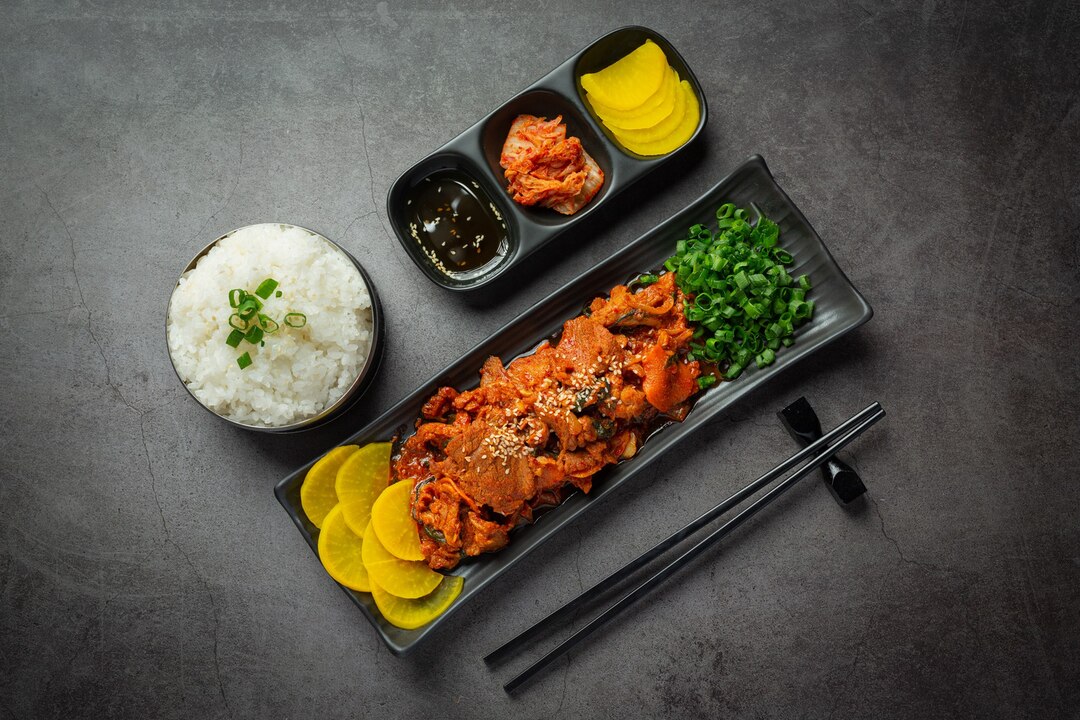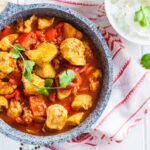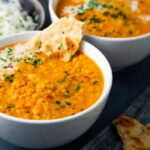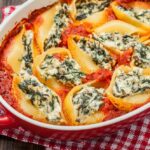Korean cuisine is a celebration of bold flavors, vibrant colors, and diverse textures. From fiery stews to savory pancakes, Korea’s culinary traditions are rooted in a rich history and a deep respect for seasonal ingredients. Whether you’re new to Korean food or looking to expand your palate, here are 20 must-try dishes that showcase the essence of this dynamic cuisine.
1. Kimchi (Fermented Vegetables)
No Korean meal is complete without kimchi. This tangy, spicy side dish is made from fermented napa cabbage and radishes, seasoned with chili powder, garlic, and ginger. Its complex flavor and probiotic benefits make it a cornerstone of Korean dining.
2. Bibimbap (Mixed Rice Bowl)
Bibimbap is a vibrant dish featuring rice topped with an array of vegetables, a fried egg, and sliced meat or tofu. The dish is mixed with gochujang (Korean chili paste) before eating, creating a perfect balance of flavors and textures.
3. Bulgogi (Marinated Beef)
Bulgogi, meaning “fire meat,” is thinly sliced beef marinated in a sweet and savory mixture of soy sauce, sesame oil, garlic, and sugar. It’s grilled or stir-fried to tender perfection and often served with lettuce for wrapping.
4. Samgyeopsal (Grilled Pork Belly)
A staple of Korean barbecue, samgyeopsal consists of thick slices of pork belly grilled at the table. It’s typically eaten wrapped in lettuce with garlic, ssamjang (spicy dipping sauce), and sliced vegetables.
5. Tteokbokki (Spicy Rice Cakes)
These chewy rice cakes are cooked in a fiery red sauce made from gochujang, soy sauce, and sugar. Often accompanied by fish cakes and boiled eggs, tteokbokki is a beloved street food snack.
6. Japchae (Glass Noodle Stir-Fry)
Japchae features stir-fried sweet potato noodles tossed with beef, spinach, mushrooms, and a light soy-based sauce. This slightly sweet dish is both satisfying and gluten-free.
7. Kimchi Jjigae (Kimchi Stew)
Kimchi jjigae is a warming stew made with aged kimchi, pork, tofu, and onions. Its spicy and tangy broth makes it a comforting choice, especially during colder months.
8. Haemul Pajeon (Seafood Pancake)
This savory pancake is made with green onions, seafood like shrimp and squid, and a batter of flour and egg. Crispy on the outside and soft inside, haemul pajeon is best enjoyed with a dipping sauce of soy sauce and vinegar.
9. Samgyetang (Ginseng Chicken Soup)
Samgyetang is a nourishing soup featuring a whole young chicken stuffed with glutinous rice, ginseng, and garlic. It’s traditionally eaten during the summer to replenish energy.
10. Kimbap (Seaweed Rice Rolls)
Kimbap, Korea’s take on sushi rolls, combines rice, vegetables, and proteins like beef or tuna, all wrapped in seaweed. It’s a portable, convenient meal or snack.
11. Sundubu Jjigae (Soft Tofu Stew)
This hearty stew features silky tofu in a spicy broth, often with seafood, meat, or vegetables. Served bubbling hot, it’s accompanied by a raw egg to crack into the soup for added richness.
12. Galbi (Short Ribs)
Galbi consists of beef short ribs marinated in a sweet and savory soy-based sauce. It’s a popular Korean barbecue dish, grilled to tender, smoky perfection.
13. Hoddeok (Sweet Pancakes)
Hoddeok is a street food dessert made from dough stuffed with a mixture of brown sugar, cinnamon, and nuts. When fried, the sugar caramelizes, creating a warm, gooey treat.
14. Naengmyeon (Cold Noodles)
Naengmyeon is a refreshing dish of thin, chewy buckwheat noodles served in an icy broth, often with sliced cucumber, boiled egg, and beef. It’s a summer favorite.
15. Banchan (Side Dishes)
Banchan refers to the small dishes served with every Korean meal. They range from kimchi and pickled radishes to stir-fried anchovies and seasoned spinach. These sides enhance the meal and highlight the variety in Korean cuisine.
16. Dak Galbi (Spicy Stir-Fried Chicken)
This dish combines marinated chicken with cabbage, sweet potatoes, and rice cakes, stir-fried in a spicy sauce. It’s often cooked at the table and shared among friends.
17. Sundubu Jjigae (Soft Tofu Stew)
A popular choice for cold days, this dish features silky tofu in a spicy broth with seafood or pork, often served with a cracked egg mixed in for added richness.
18. Jjajangmyeon (Black Bean Noodles)
This Chinese-Korean fusion dish features thick wheat noodles topped with a savory black bean paste sauce, diced pork, and vegetables. It’s a comfort food favorite.
19. Bossam (Boiled Pork Wraps)
Bossam features tender slices of boiled pork served with napa cabbage leaves, radish kimchi, and ssamjang for wrapping and dipping. It’s a festive and flavorful dish often enjoyed with friends.
20. Makgeolli (Rice Wine)
No Korean food experience is complete without trying makgeolli, a lightly sparkling rice wine with a sweet, tangy flavor. It pairs beautifully with savory dishes like pajeon.
Korean cuisine offers something for everyone, from spicy and hearty stews to light and refreshing noodle dishes. These 20 dishes represent the depth and diversity of Korean food, making it easy to fall in love with its bold flavors and comforting meals. Whether dining at a Korean restaurant or experimenting in your own kitchen, these dishes are sure to delight your taste buds and expand your culinary horizons.








